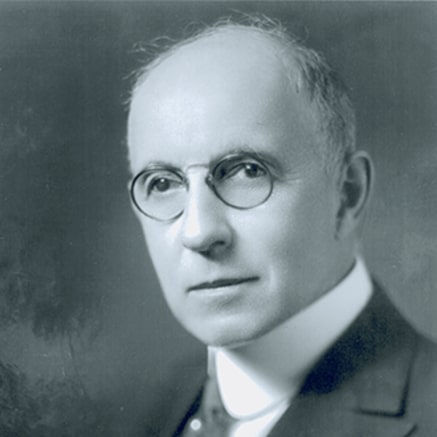Thierry Klein
2021 - Present
Thierry Klein is President of Bell Labs Solutions Research at Nokia Bell Labs. His distinguished global team identifies opportunities beyond Nokia’s current product and solutions portfolio, investigating new market spaces and technology licensing possibilities. The team of Thierry researches system architectures and solution design, AI-based understanding and fundamental algorithms, autonomous software and data systems, and integrated solutions and experiences.
Thierry served as the Founding Vice-Chair of the Board of the 5G Automotive Association and served as the Chairman of the Technical Committee of GreenTouch, a global consortium dedicated to improve energy efficiency in networks by a factor 1000x compared to 2010 levels.
Thierry earned an MS in Mechanical Engineering and an MS in Electrical Engineering from the Université de Nantes and the Ecole Centrale de Nantes in Nantes, France. He received a PhD in Electrical Engineering and Computer Science from the Massachusetts Institute of Technology, USA. He is an author on over 35 peer-reviewed conference and journal publications and an inventor on 36 patent applications. In 2010, he was voted “Technologist of the Year” at the Total Telecom World Vendor Awards and received the 2016 Industrial Innovation award from the IEEE Communications Society.
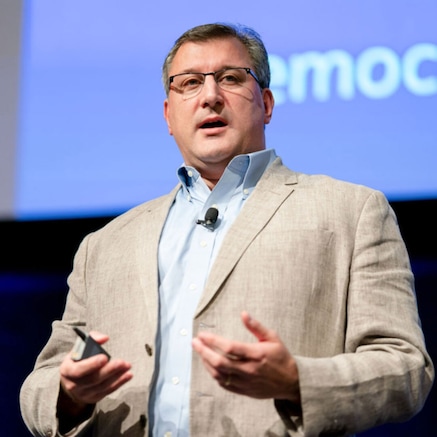
President of Bell Labs Solutions Research
Peter Vetter
2021 - Present
Peter Vetter is President of Bell Labs Core Research at Nokia Bell Labs and is leading an eminent global team with the mission to invent game changing innovations that define the future of networks. Bell Labs Core Research is exploring and innovating the key technologies that will prepare Nokia’s core business for the 6G era on a 10-year horizon. That includes foundational research on network architecture, programmable-network systems and security, optical systems and components, mobile radio systems, and platforms and ASICs.
Previously under his leadership the Bell Labs Access & Device Research Lab made some of its most significant discoveries and established new milestones in fixed and wireless communications. Many of those innovations form the backbone of Nokia’s mobile and broadband products today. He was also co-founder of an internal venture that produced the first FTTH product in Alcatel (now part of Nokia) in 2000.
He received the degree of Physics Engineer from Gent University (Belgium) in 1986 and a PhD with Prof. H. Pauwels in 1991. After a post-doctoral fellowship with Prof. T. Uchida at Tohoku University (Japan), he joined the research center of Alcatel (now Nokia) in Antwerp in 1993. Since 2009, he has worked at Bell Labs in Murray Hill, New Jersey, and has been on the senior leadership team of Bell Labs since 2013. He has authored over a hundred international papers and presented keynotes and tutorials at major technical industry events. Peter Vetter is Bell Labs Fellow and IEEE Fellow.
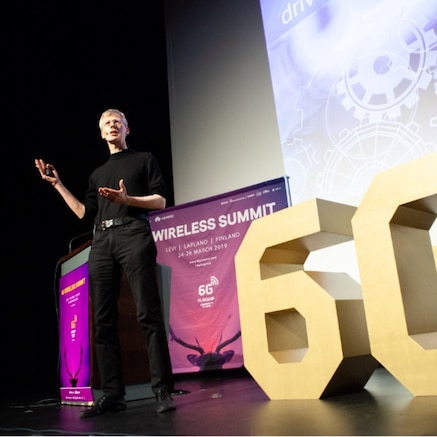
President of Bell Labs Core Research
Marcus Weldon
2013 - 2021
As corporate chief technology officer, Marcus Weldon was responsible for coordinating the technical strategy across the company and driving technological and architectural innovations into Nokia’s end-to-end networking systems and software portfolio. In addition, as president of Nokia Bell Labs, Marcus drove the next disruptive innovation and research agenda for the company.
Marcus is considered one of the luminaries in the ICT industry in terms of the clarity, depth and breadth of his vision. He combined his vision with the power of Bell Labs to create a unique innovation engine whose goal is to "invent the future" of the networking and communications industry.
Marcus holds a PhD in physical chemistry from Harvard University in Cambridge, Massachusetts, US, and a joint BS in computer science and chemistry from King’s College in London, UK. Marcus has a physical science, computer science and networking background but is broadly knowledgeable about many subjects as part of a never-ending quest to understand the techno-economic evolution of humans and societies.
In 1995, he joined the Physics Division at AT&T Bell Labs as a post-doctoral researcher. He become a Member of Technical Staff in the Optical Materials Division and was then chosen to lead the organization in various technical and leadership capacities. He has won a series of scientific and engineering society awards for his work and technical vision and leadership throughout his career.
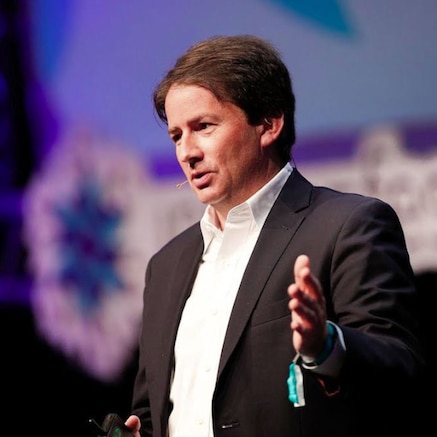
Gee Rittenhouse
2013 - 2013
Gee Rittenhouse was the twelfth president of Bell Labs. He joined the institution in 1993, after earning a PhD in electrical engineering and computer science from the Massachusetts Institute of Technology.
He began as a member of technical staff in the wireless research department, where he would lead projects in MIMO System, network optimization, wireless IP networks and fourth generation wireless systems — eventually becoming the head of that department. Gee went on to assume other leadership posts in Bell Labs, becoming the vice president of technology integration and then the vice president of research. He was the moving force behind the GreenTouch™ consortium, a research initiative to dramatically increase energy efficiency in the industry, and served as its first chairman. Gee then became the chief operating officer of what was Alcatel-Lucent’s IP Platforms Division.
Gee appeared on the list of the 2010 and 2011 Global Telecom Business Power 100 most influential executives in the telecoms industry. He is a Senior Member of IEEE. In 2007, he was named an IEEE Communications Society Distinguished Lecturer and he won the IEEE Communication Quality and Reliability (CQR) Chairman’s Award.
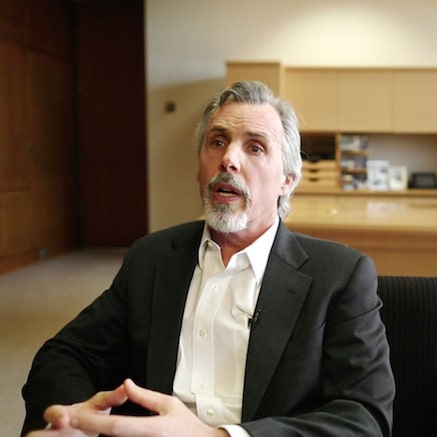
Jeong Kim
2005 - 2013
Jeong Kim joined Lucent Technologies in 1998 when it acquired Yurie Systems, Inc., the data communications company that he founded in 1992, serving as its chairman and CEO. At Lucent, Kim went on to assume the leadership of several of the company’s businesses, including its Broadband Carrier Networks and its Optical Network Group.
Dr. Kim left Lucent in 2001 to join the University of Maryland faculty, with joint appointments in both the Department of Electrical and Computer Engineering and the Department of Mechanical Engineering. In 2005, he was recruited to become the eleventh president of Bell Labs. Following Lucent’s merger with Alcatel, he served on the Management Committee and as the executive vice president of strategy.
Dr. Kim holds a PhD in reliability engineering from the University of Maryland, and a master’s degree in technical management and bachelor’s degree in electrical engineering and computer science from Johns Hopkins University. Prior to his founding of Yurie Systems, he served as a nuclear submarine officer in the U.S. Navy, and then worked in computer design, satellite systems design and data communications.
Jeong Kim is the recipient of numerous awards including the Innovation Hall of Fame award from the University of Maryland; the Blumenthal Award from Johns Hopkins University; the ICAS Liberty Award; the American Academy of Achievement Golden Plate Award; the Ernst & Young Emerging Entrepreneur of the Year Award; the KPMG Peat Marwick LLP High Tech Entrepreneur Award; the Ellis Island Medal of Honor; the Korea Society Van Fleet Award; and the Maryland High Technology Council Entrepreneur of the Year Award. Dr. Kim has also been inducted into the National Academy of Engineering.
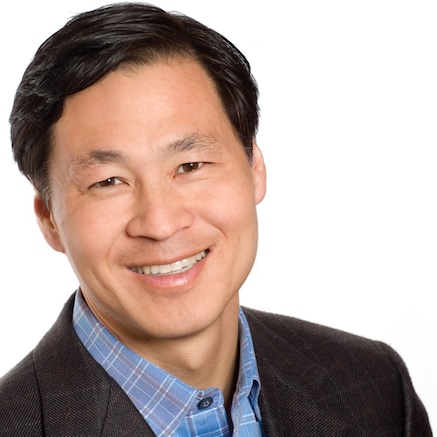
Bill O'Shea
2001 - 2005
Bill O’Shea was the tenth president of Bell Labs, and Lucent Technologies' chief technology officer. He was responsible for research and development across all of Lucent.
Beginning his career with Bell Labs in 1972, O’Shea spent almost 30 years in the development, manufacturing, marketing and sales of information systems.
He was executive director of AT&T’s Information Technology division from 1985 to 1988, and vice president of Systems Marketing and Development for AT&T Computer Systems from 1988 to 1991. O’Shea then became the CEO of Lucent's Enterprise Networks Group, which was subsequently spun off as Avaya, Inc. O’Shea holds a BS from Lowell Technological Institute and an MS from Northeastern University. He is also a graduate of the Massachusetts Institute of Technology’s Sloan School for Senior Executives.
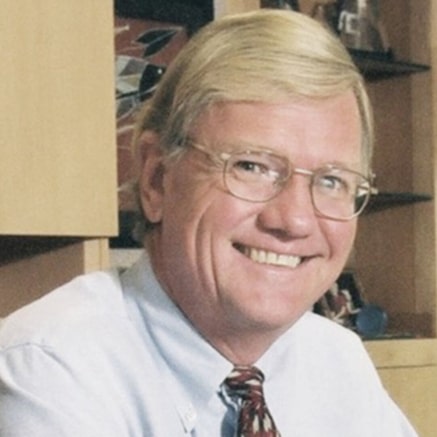
Arun Netravali
1999 - 2001
As the ninth president of Bell Labs, Arun Netravali also served as Lucent's chief technology officer and chief network architect.
Dr. Netravali is regarded as a pioneer in the field of digital video technology and led high-definition television (HDTV) research and development at Bell Labs. He has authored more than 170 technical papers and co-authored three books. He holds more than 70 patents in the areas of computer networks, human interfaces to machines, picture processing and digital television. In 2001, he received the Padma Bhushan Award from the Indian government, the nation's third-highest civilian honor.
Dr. Netravali is a member of Tau Beta Phi and Sigma Xi, a fellow of the Institute of Electrical and Electronic Engineers (IEEE) and AAAS and a member of the U.S. National Academy of Engineering. For his scientific achievements he has received numerous awards, including the Alexander Graham Bell Medal, the Computers & Communications Prize, the IEEE Frederik Philips Award, the National Association of Software and Services Companies in India Medal, and the IEEE Kilby Medal.
Dr. Netravali was an adjunct professor at the Massachusetts Institute of Technology and has taught graduate courses at City College (New York), Columbia University and Rutgers University. He received his undergraduate degree from the Indian Institute of Technology, Mumbai, India, and master’s and doctorate degrees from Rice University, all in electrical engineering. He holds an honorary doctorate from the École Polytechnique Fédérale in Lausanne, Switzerland.

Dan Stanzione
1995 - 1999
Dan Stanzione joined Bell Labs in 1972 and went on to become its eighth president after a 22-year career as a software scientist and business manager.
Throughout his early career at Bell Labs he had a significant role in the development of signal processing and software technologies, and was part of the team that invented the first single-chip DSP in 1979.
During the 1980s, Dr. Stanzione held a variety of positions in the planning and development of large software systems for business operations in telecommunications companies. He was appointed president of the Network Systems Business Unit within AT&T — the organization that became the core of Lucent Technologies. He went on to become the chief operating officer of Lucent.
Dr. Stanzione is a Fellow of IEEE; has published papers on computer simulation, microprocessors and software design; and has been granted four patents. He received a PhD in electrical and computer engineering in 1972 from Clemson University.
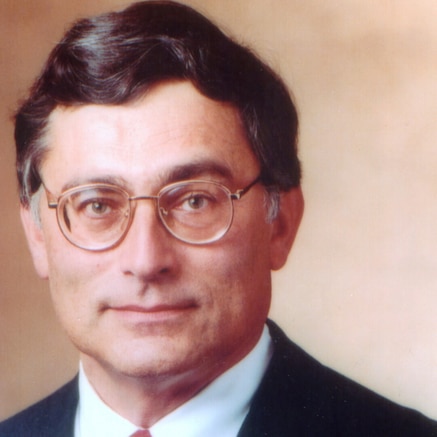
John Mayo
1991 - 1995
After beginning his career at Bell Labs in 1955 working on TRADIC, one of the first transistorized digital computers, John Mayo went on to pioneer the use of transistors in what would become the T-1 Carrier System.
His other research was associated with the development of high-speed pulse-code modulation systems, the Telstar satellite program, the development of electronic systems for ocean sonar and the development of the world’s first long-distance digital switching system. In 1991 he became the seventh president of Bell Labs, where he oversaw significant programs in fiber optics, wireless and video.
Dr. Mayo was a recipient of the US National Medal of Technology, the C&C Award from the NEC Corporation and the American Association of Engineering Societies Chair Award An IEEE Fellow, he was elected to the National Academy of Engineering in 1979. He earned a PhD in electrical engineering from North Carolina State University.
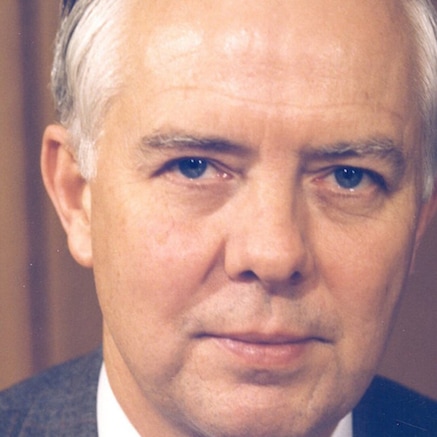
Ian Ross
1979 - 1991
Ian Ross began his career at Bell Labs in 1952, when William Shockley hired him to conduct semiconductor research.
He was actively involved with early research on the field-effect transistor and then with epitaxy, the process for growing specialized silicon crystals. Ross oversaw the research associated with the electronics for Telstar, the first communications satellite.
In 1964, he was named managing director of Bellcomm, a Bell System unit formed solely to plan Apollo moon missions. Soon after returning to Bell Labs, he became its sixth president. Ross oversaw the reorganization of Bell Labs in the aftermath of the break-up of the Bell System in 1984.
Dr. Ross was a member of the National Academy of Engineering, National Academy of Sciences, and Royal Academy of Engineering and a fellow of the American Association for the Advancement of Science and the Institute of Electrical and Electronics Engineers. He attended Cambridge University, attaining a PhD in electrical engineering in 1952.
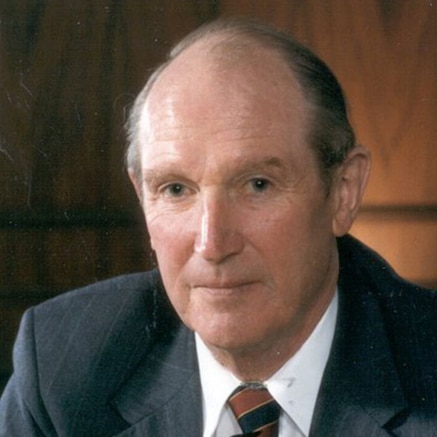
William Baker
1973 - 1979
An advisor to five U.S. presidents and member of several presidential committees and boards, William O Baker was a prominent voice on scientific policies and issues.
After attaining a PhD in chemistry from Princeton University, he joined Bell Labs in 1939. His research focused on polymers and the crystalline molecular structure of various materials, including plastics and natural rubber.
His work in the late 1930s and early 1940s helped perfect the process for manufacturing synthetic rubber. He served as the first vice president of research from 1955 until 1973, when he was appointed as president of Bell Labs.
Dr. Baker was a recipient of the US Medal of Science and the Marconi Society’s Lifetime Achievement Award; he was appointed a Fellow of the American Academy of Arts and Sciences, and was the first recipient of what would subsequently be named the William Oliver Baker Award from the US Intelligence and National Security Alliance. He received eleven patents for his research.
Dr. Baker served as a member of the US President’s Science Advisory Committee, the President’s Foreign Intelligence Advisory Board and the Federal Emergency Management Advisory Board.
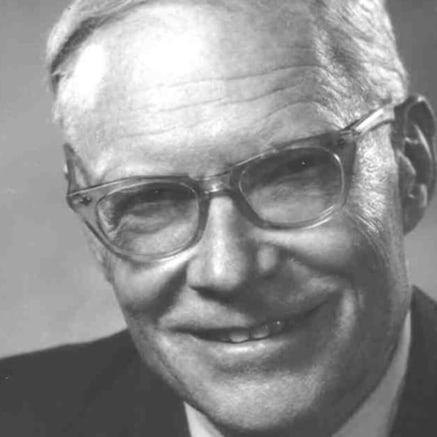
James Fisk
1959 - 1973
James Fisk became Bell Labs’ fourth president in 1959. His foresight of the coming information revolution led to the acceleration of projects that ushered in the digitalization of communications.
Fisk earned a PhD in Theoretical Physics from the Massachusetts Institute of Technology in 1935. Prior to joining Bell Labs in 1939, he had taught physics at the University of North Carolina and the Massachusetts Institute of Technology.
At Bell Labs he soon found himself leading several projects related to radar, including one directed towards the practical production and improvement of the magnetron that had been invented in Great Britain.
At the end of World War II, Fisk was appointed assistant director of physical research in charge of electronics and solid-state research. He directed the researchers who two years later would invent the transistor. In 1947, he was recruited from Bell Labs to serve as the first director of research for the US Atomic Energy Commission, and then as a professor in Applied Physics at Harvard University. Dr. Fisk returned to Bell Labs in 1949 as head of physical research.
Among his many achievements, Dr. Fisk was a member of the U.S. National Academy of Sciences, served on the U.S. President’s Science Advisory Committee, and in 1958 was appointed by Dwight D. Eisenhower to head the U.S. delegation to the Geneva conference of experts on a nuclear test ban.
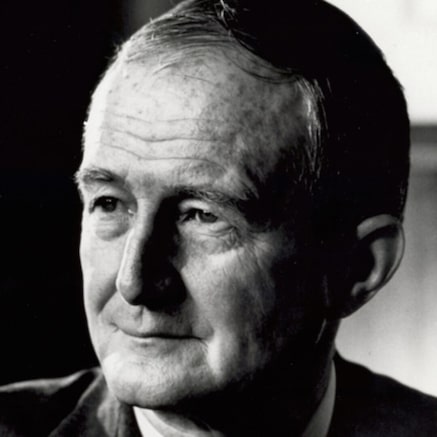
Mervin Kelly
1951 - 1959
Upon earning his PhD in physics at the University of Chicago, Mervin Kelly began his Bell System career in 1917 working with vacuum tube technology.
In the years that followed, perhaps more than anyone else, he crafted and refined the research model that would define Bell Labs. Kelly personally hired talent such as William Shockley and James Fisk. He pioneered the methods of industrial research, of “inventing ways to invent things.” His toolkit included cross-disciplinary teams of experts, close proximity between researchers and developers and even ways to design buildings to encourage collaborations. By 1926, he became director of research, in 1944 executive vice president, and in 1951 president of Bell Labs.
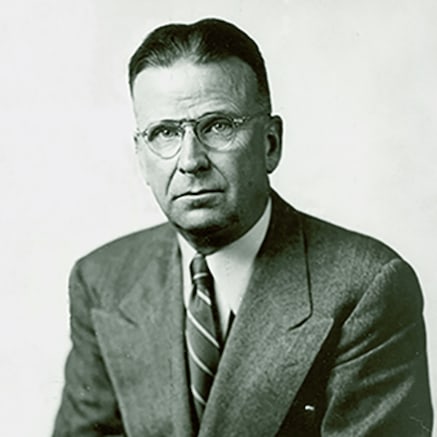
Oliver Buckley
1940 - 1951
As president of Bell Labs between 1940 and 1951, Oliver Buckley piloted Bell Labs through the frantic pace of research during the war years, and the rapid period of growth that followed.
Buckley joined the Bell System after completing his PhD in physics at Cornell University in 1914. His early research there in undersea sound detection and signal analysis launched a three-decade quest for advances in submarine cables and a record of outstanding technical leadership. In 1933, he was appointed the director of research at Bell Labs, and in 1936 became its executive vice president. Buckley was a member of the US National Academy of Sciences and a fellow of the American Academy of Arts and Sciences, the American Physical Society and the American Institute of Electrical Engineers.
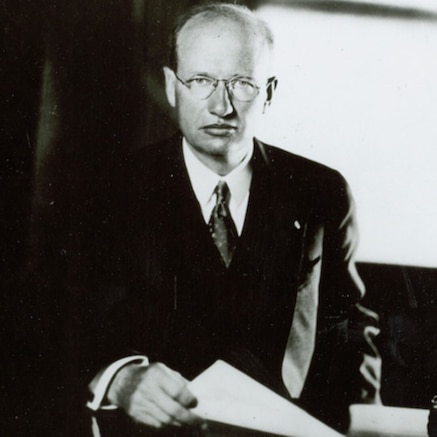
Frank Jewett
1925 - 1940
Frank Jewett was the ideal candidate for the role of first president of the newly created Bell Labs in 1925. Frank Jewett believed that the best science and technology result from bringing together and nurturing the best minds. He worked diligently to acquire an extraordinary collection of scientists and then provided them with the support to create the breakthroughs that defined the industry.
Jewett graduated from Throop Polytechnic Institute (later renamed California Institute of Technology,) then attended the University of Chicago, where he was awarded a doctoral degree in physics. After teaching at the Massachusetts Institute of Technology, he joined the Mechanical Department of AT&T in 1904. Jewett’s involvement with electronic tubes and transatlantic radio communications, along with his experience in the Signal Corps during the First World War convinced him that industrial research was coming of age and moving beyond the “cut-and-try methods” that had prevailed in most other industrial labs. He saw a far closer linkage with university-based pure science — but also understood the differences.
